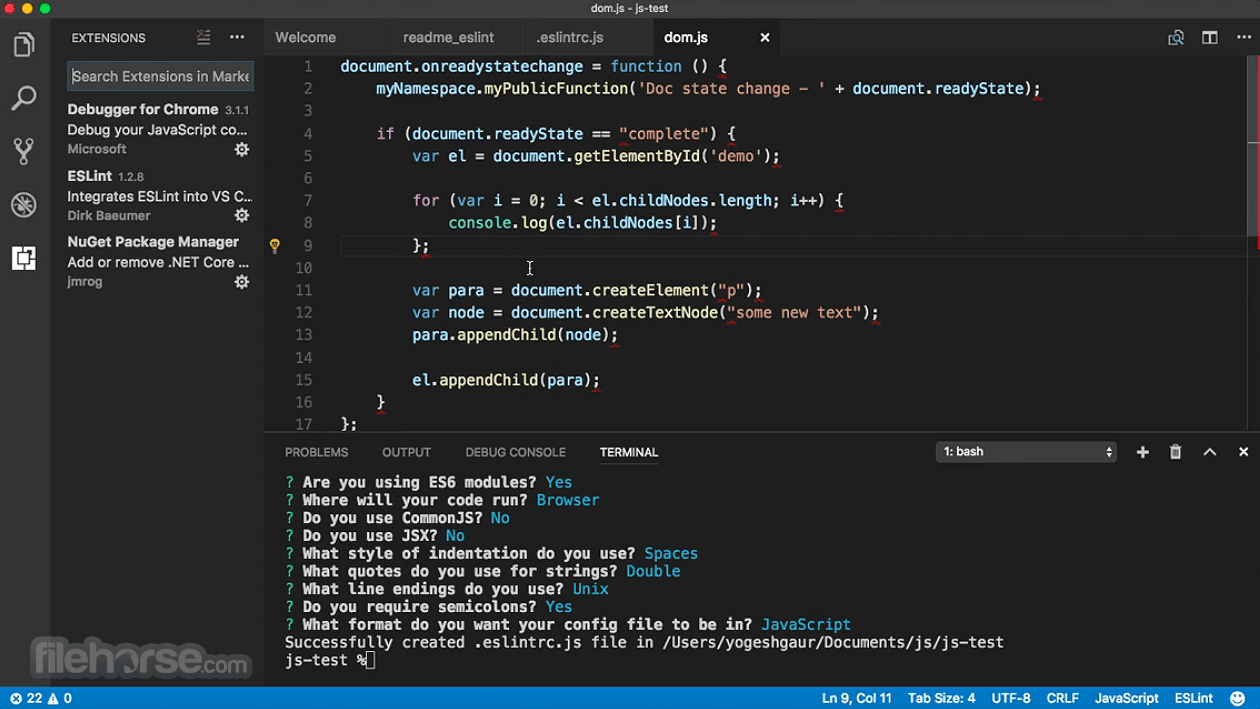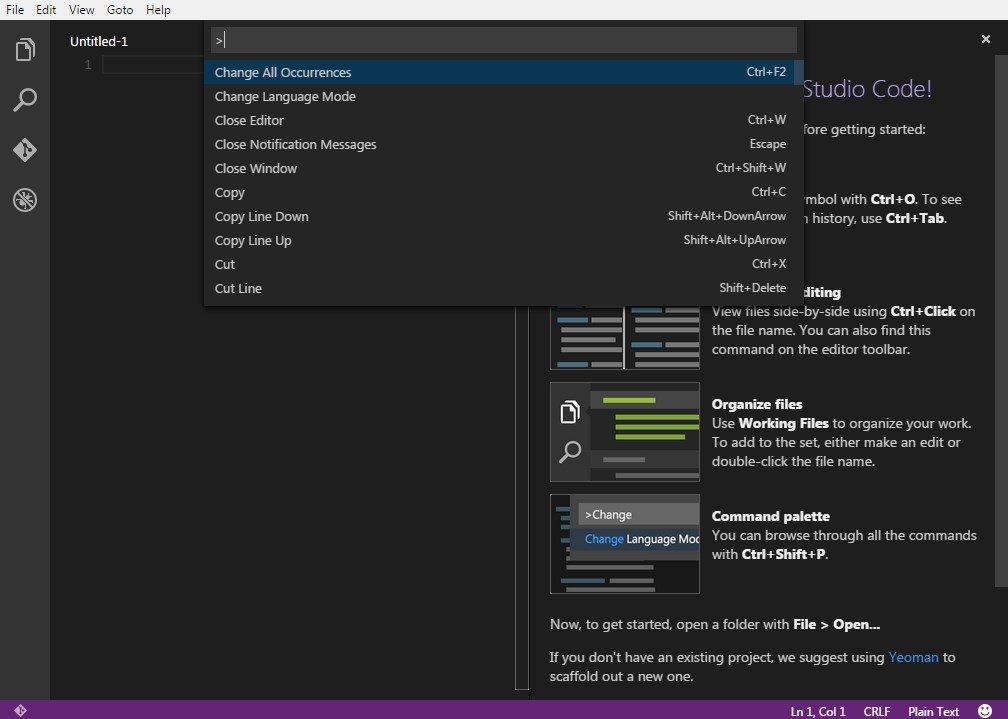

As long as you don't manually change it, you're set.

Thereafter it will use whatever interpreter was set the last time the workspace was closed.


Then the first time you launch a workspace from an active virtual environment, vscode will set the interpreter correctly. Add this to your user and/or workspace settings.json file: In the newly created settings.Here's the answer. When you now run your Python application, it will automatically activate your virtual environment. vscode/settings.json in your project’s root directory. To do this, you have to open the workspace settings.json with Ctrl+Shift+P or Cmd+Shift+P on macOS and enter settings.json. When you open your Python project directory with VSCode and create a virtual environment, it won’t activate it by default. Now that you successfully installed pyenv and set up virtual environments, I will show you in this section how to tell VSCode to activate virtual environments by default for your Python projects. venv directory and create a new one with python -m venv. In the rare case you messed up your virtual environment, you can delete the. And when you use pip, it also installs all modules into the. After you activate the virtual environment, you can check with which python or get-command python that is now called from the. Now a (.venv) string will appear in front of your command line. In this article and the accompanying Youtube videos, you learn how to install and set up pyenv and venv under Windows 10, macOS, and Ubuntu Linux and how to use it with VSCode. And sometimes, you want to take a sneak at the latest Python release candidate but don’t want to ruin your production system.įor all those situations, pyenv and virtual environments ( venv) offer an easy solution for installing different Python versions on your system and setting up environments with other requirements. Or, if you created a Python module yourself and want to validate that it runs correctly on different Python versions, you need a way to install several Python versions on your system. And most of those projects require different Python versions and depend on other modules like a particular version of numpy, for example. Why should you use pyenv and Virtual Python Environments?Īs a programmer, either employed at a company, freelancer or even as a hobbyist, you usually work on multiple programming projects simultaneously.


 0 kommentar(er)
0 kommentar(er)
